Welcome to our premier collection of Japanese Swords, where tradition and artistry come together in perfect harmony. Each Japanese Sword is meticulously handcrafted by master artisans, ensuring unparalleled sharpness, perfect balance, and timeless beauty. Designed for both seasoned collectors and passionate enthusiasts, our Japanese Swords offer an authentic experience with their exquisite craftsmanship and superior functionality. The intricate details and high-quality materials make these swords a standout addition to any collection, seamlessly blending traditional artistry with modern precision. Explore our collection today and elevate your samurai sword collection with a Japanese Sword that truly embodies the spirit and honor of the samurai. Discover your perfect blade and experience the timeless art of Japanese sword making.
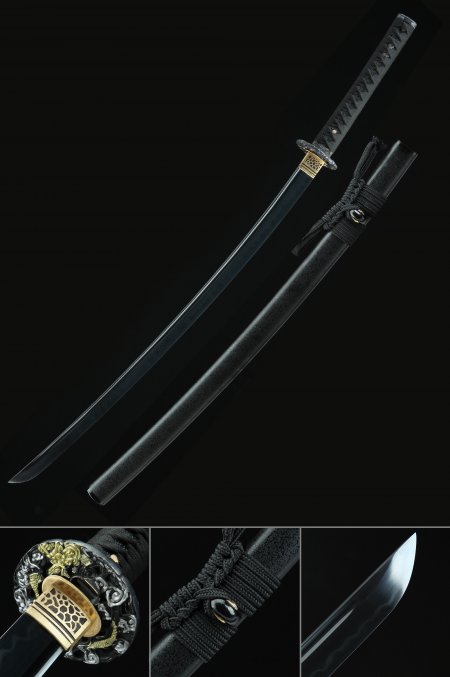
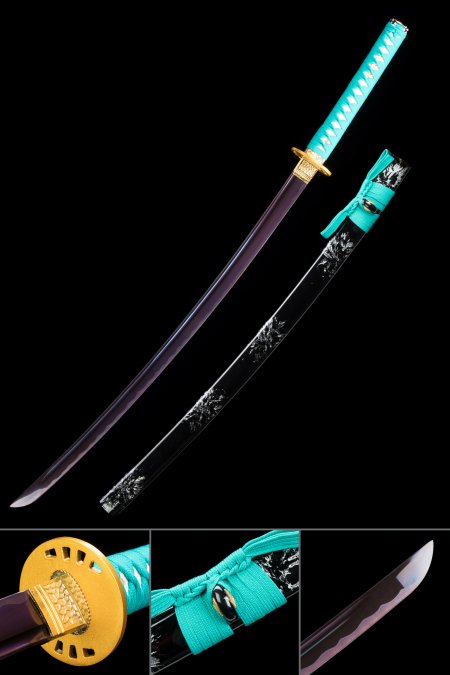
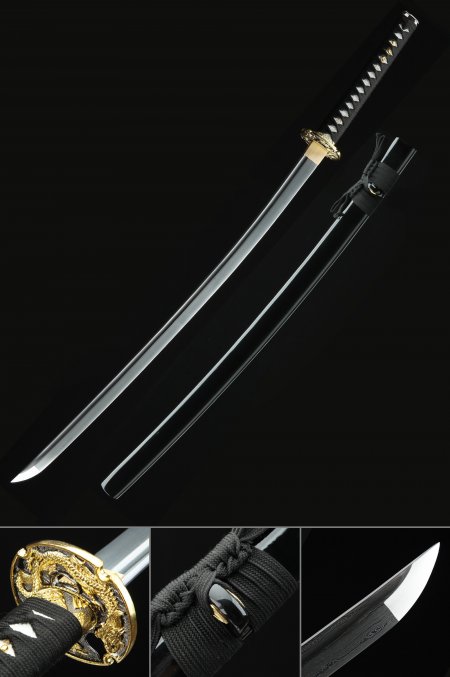
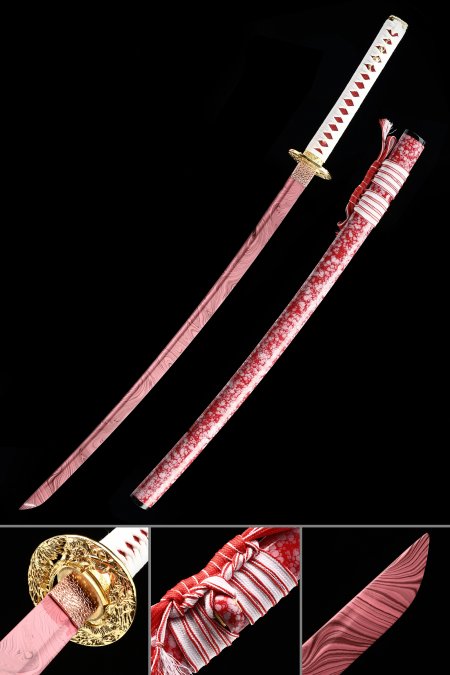
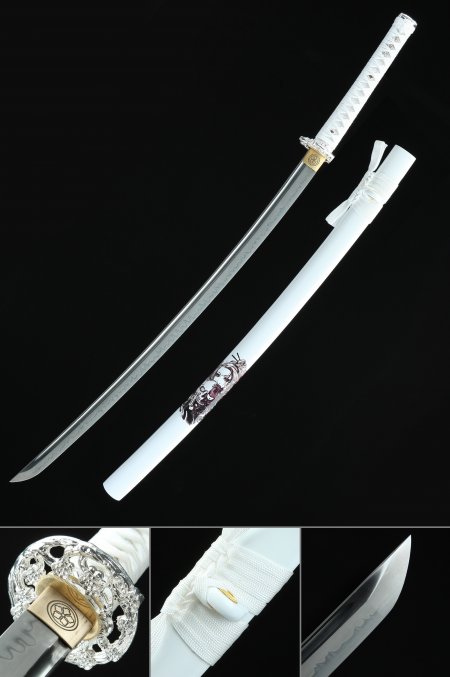
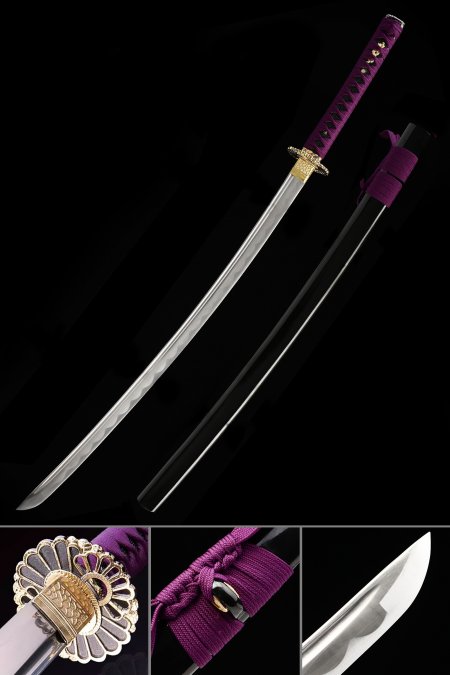
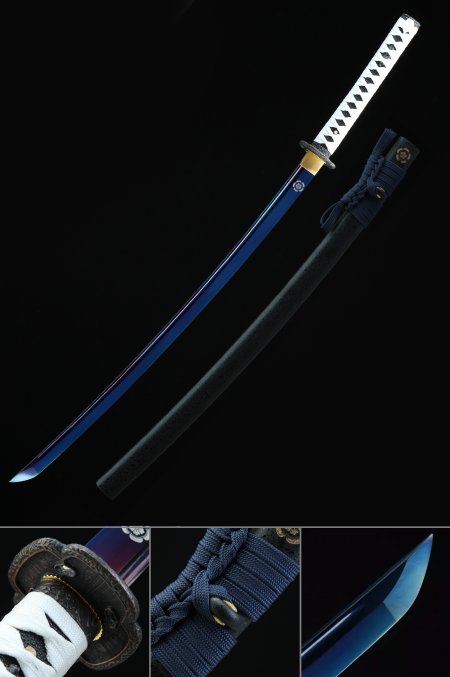
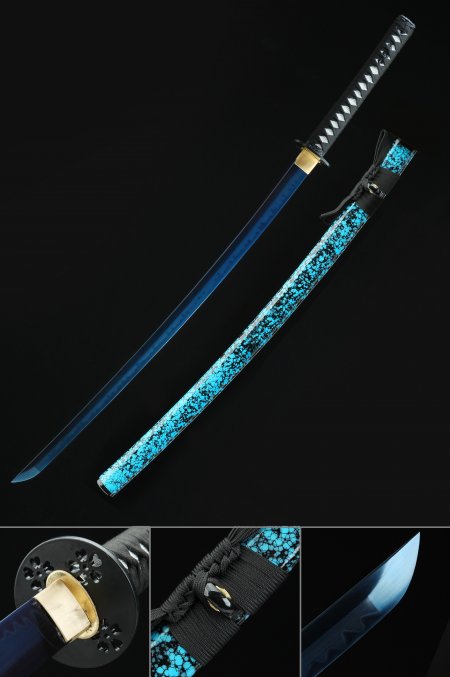
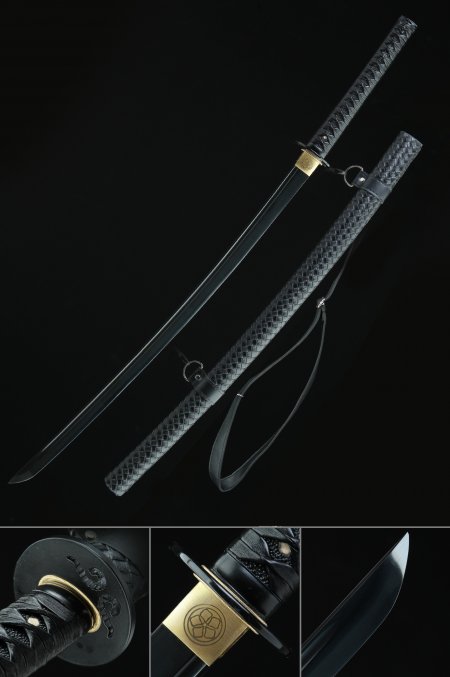
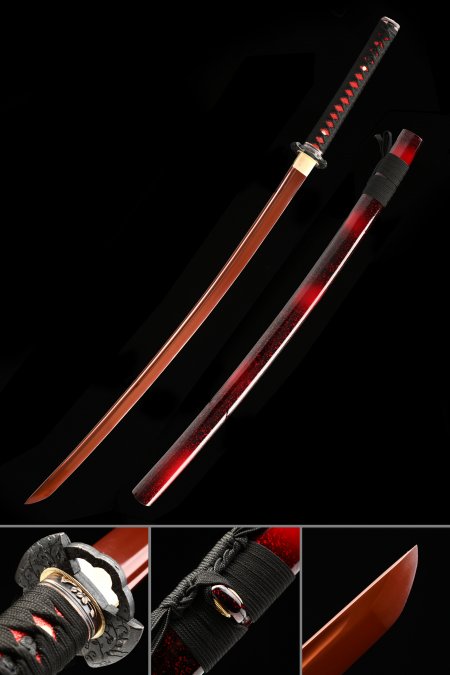
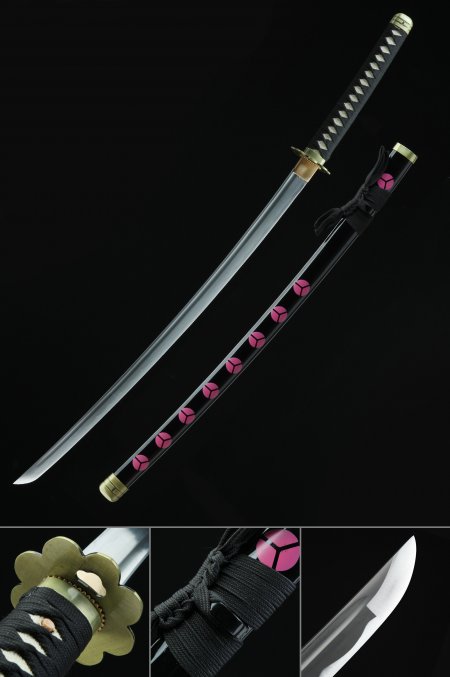
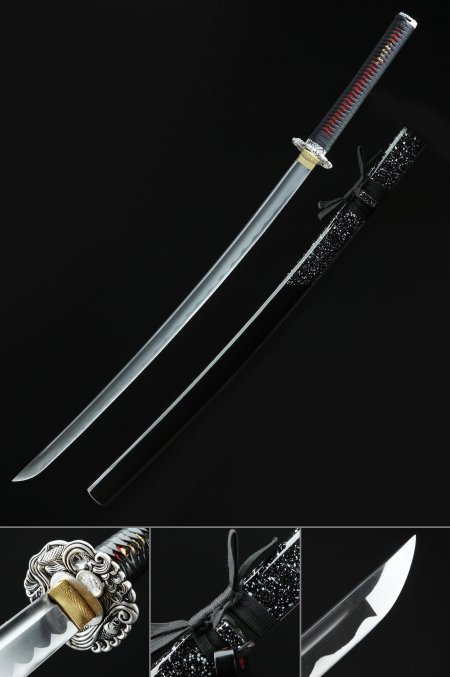
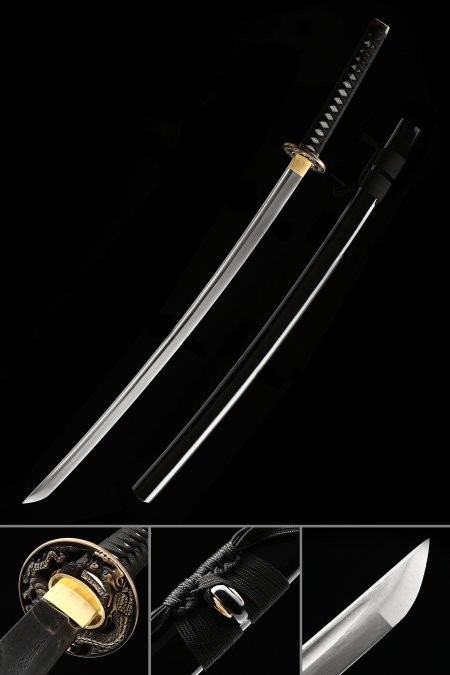
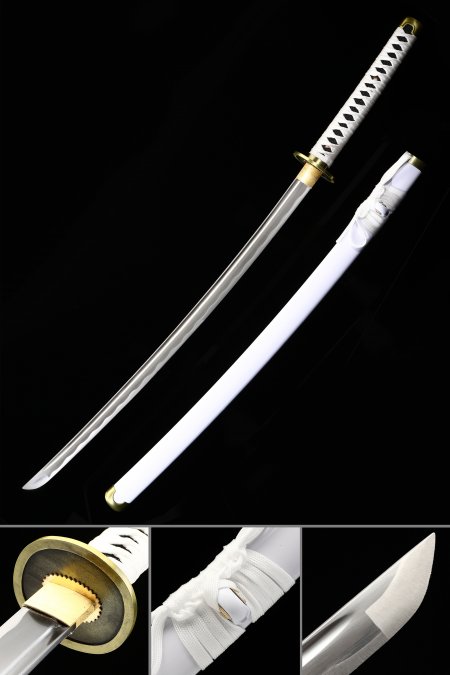
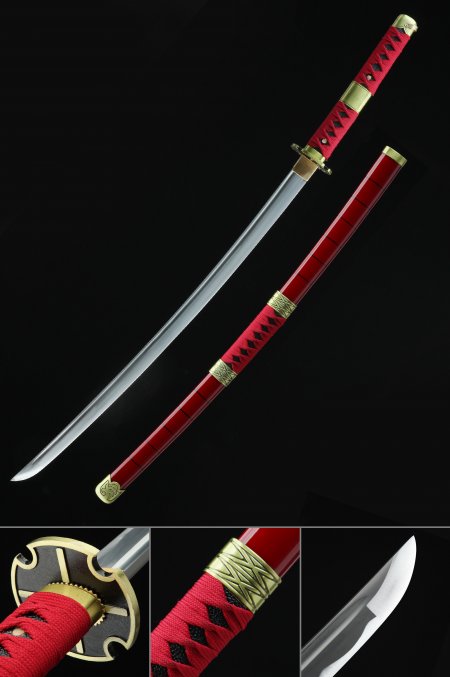

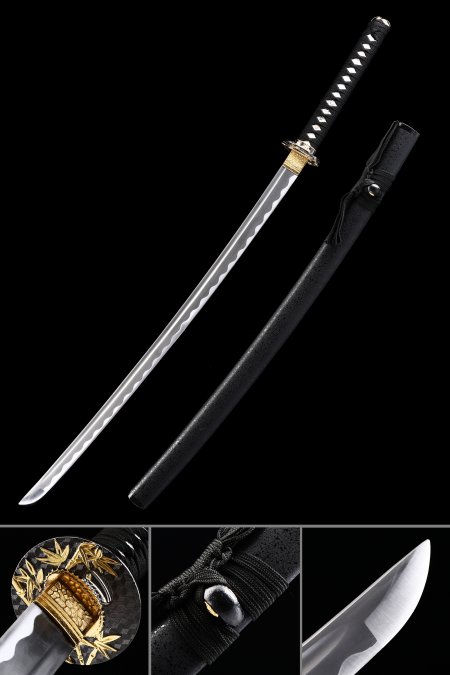
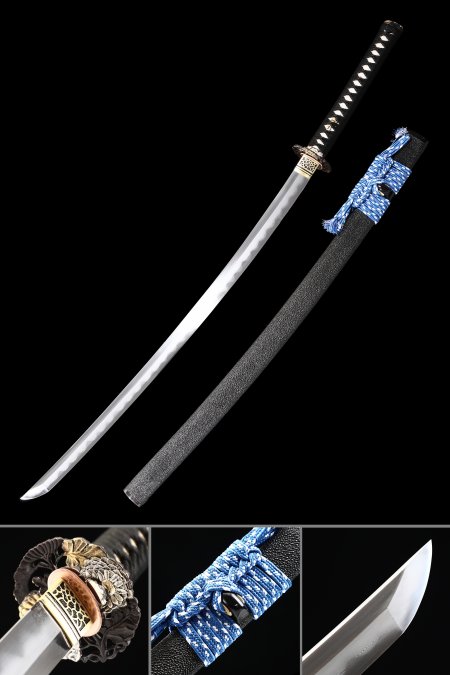
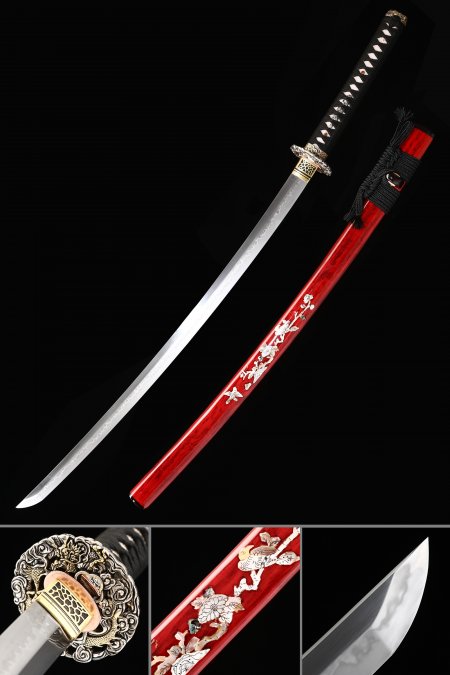

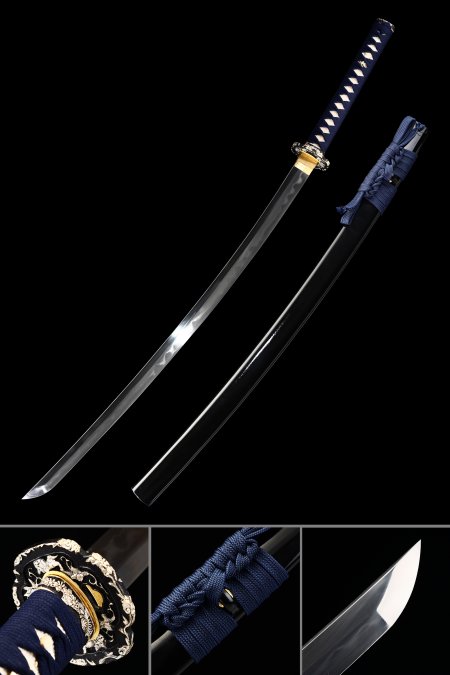
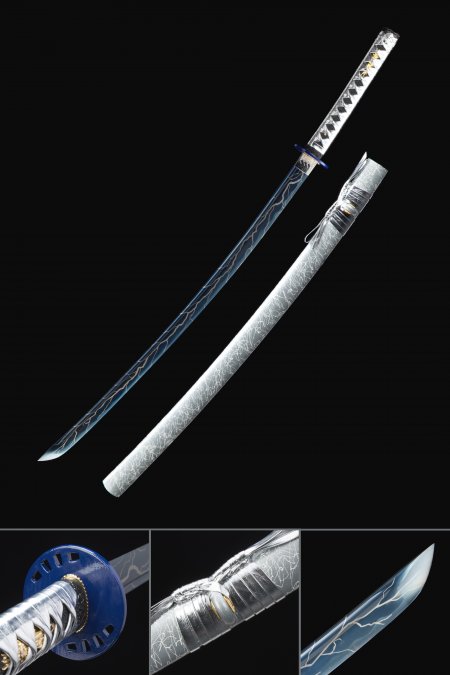
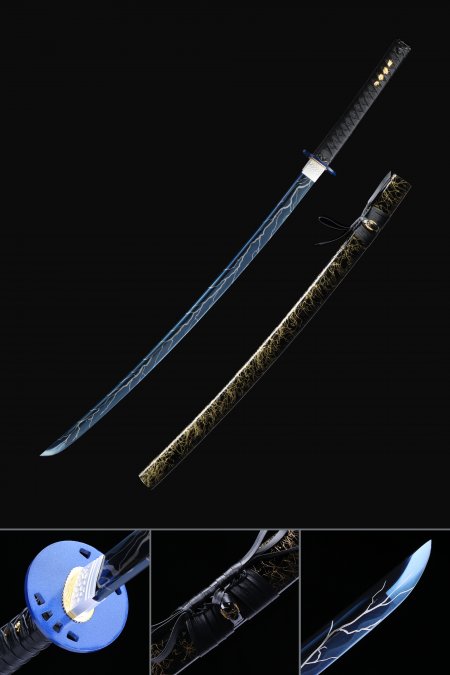

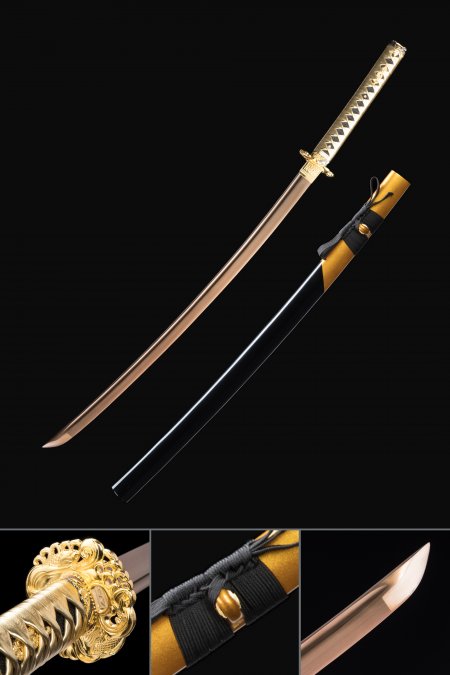
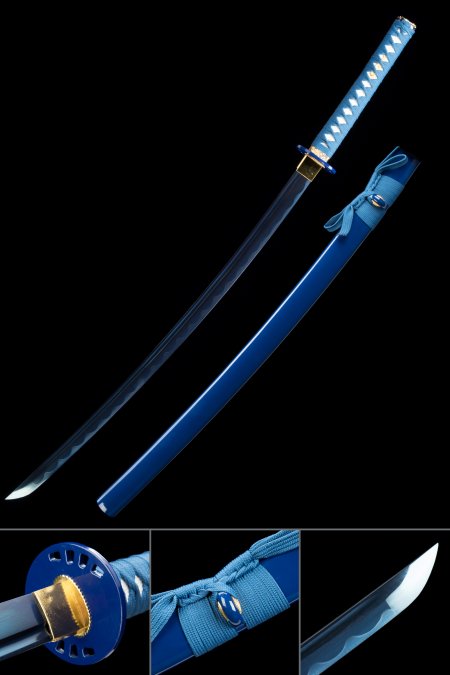
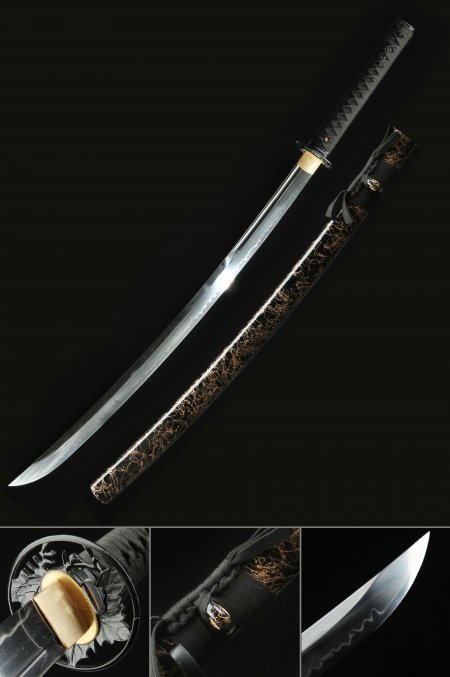
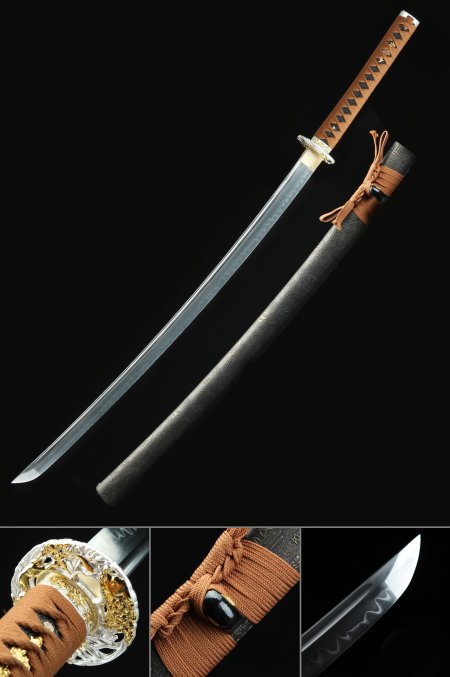
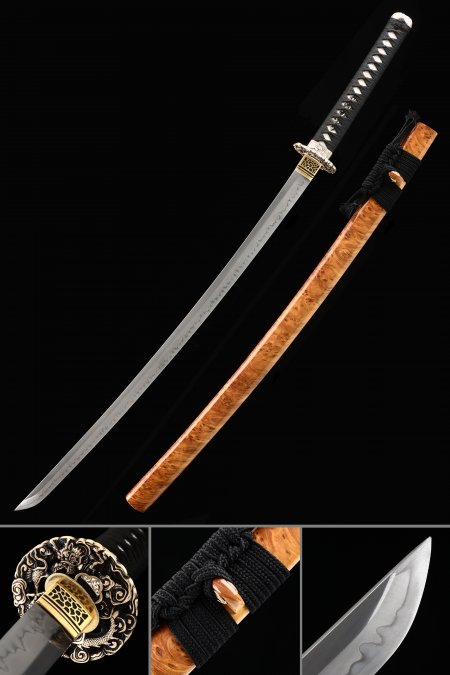
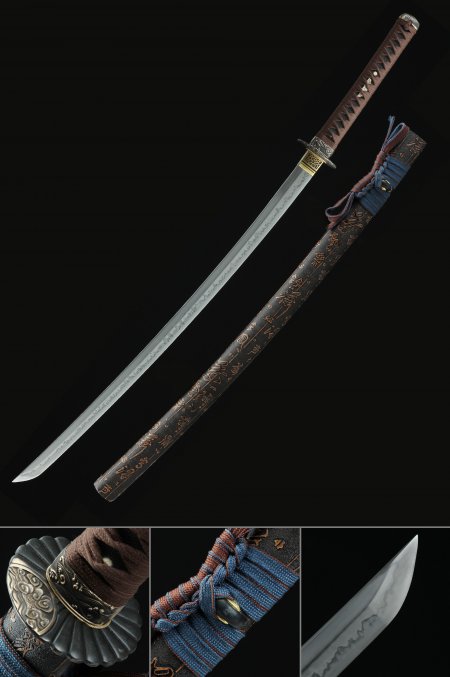
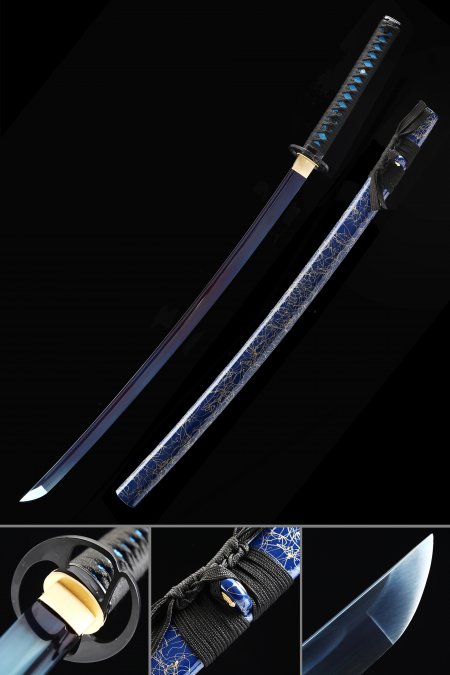
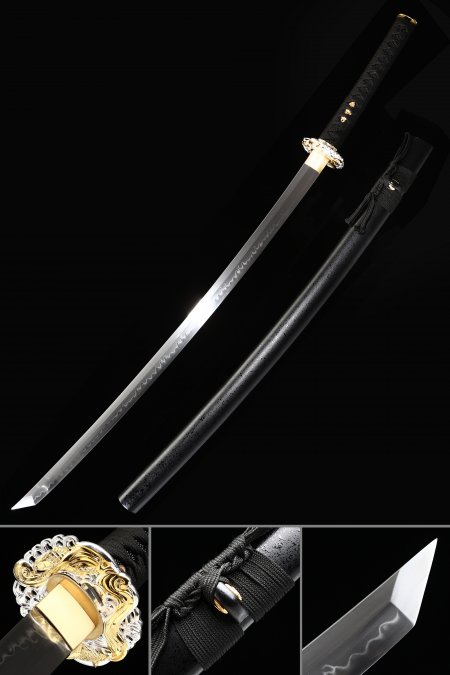
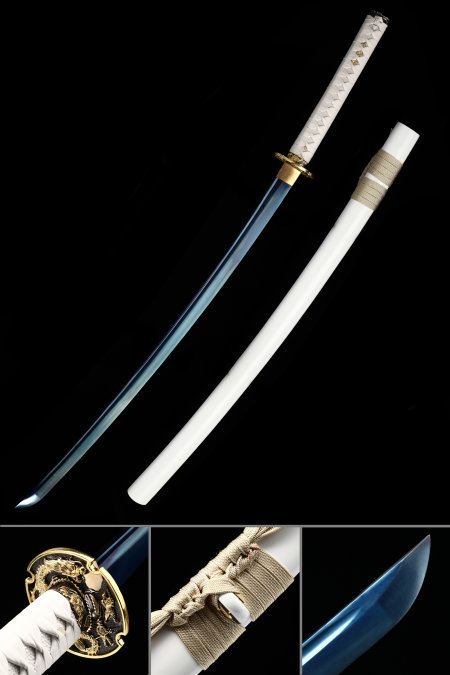
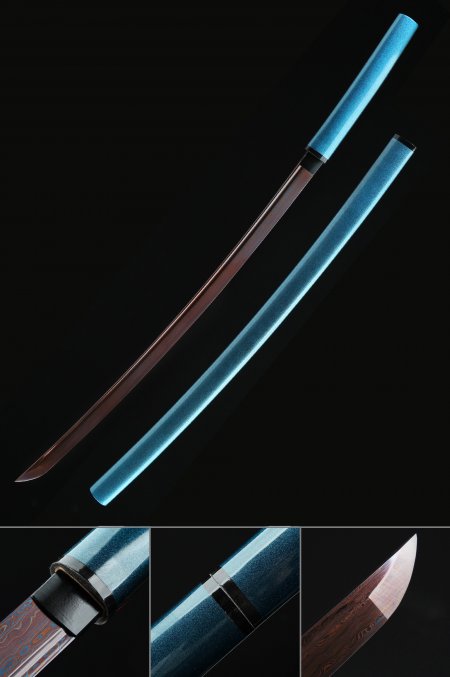
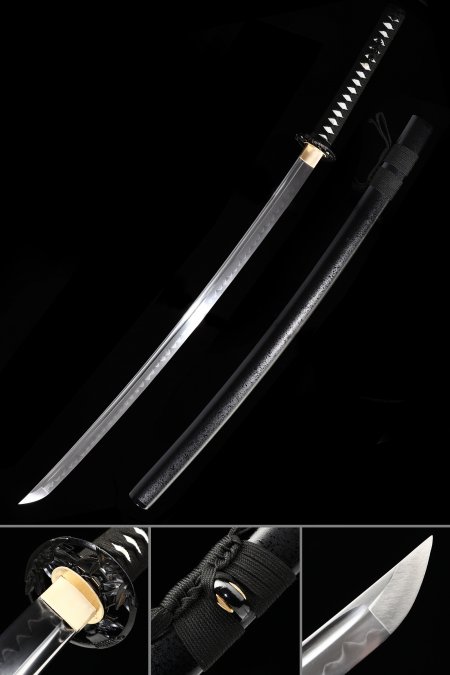
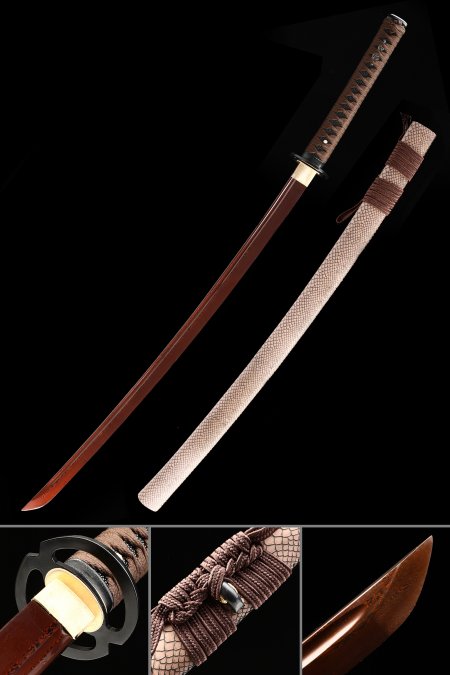
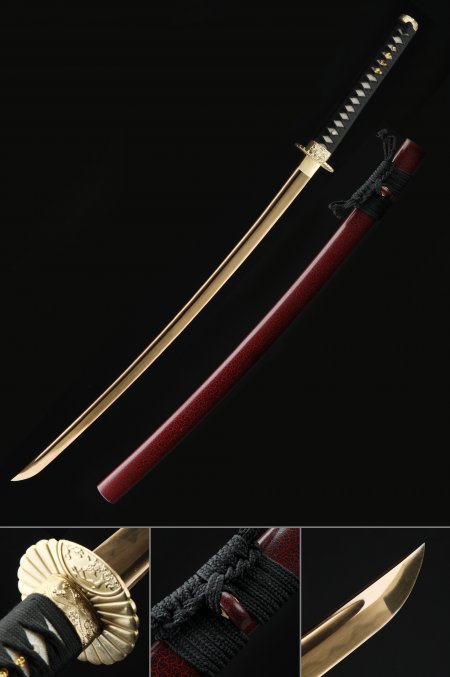
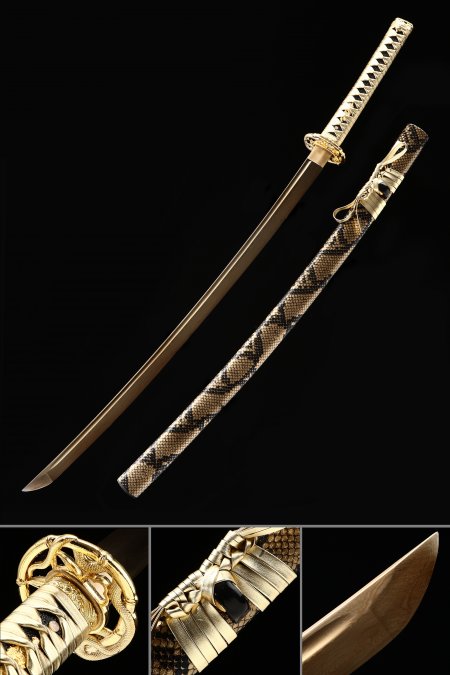
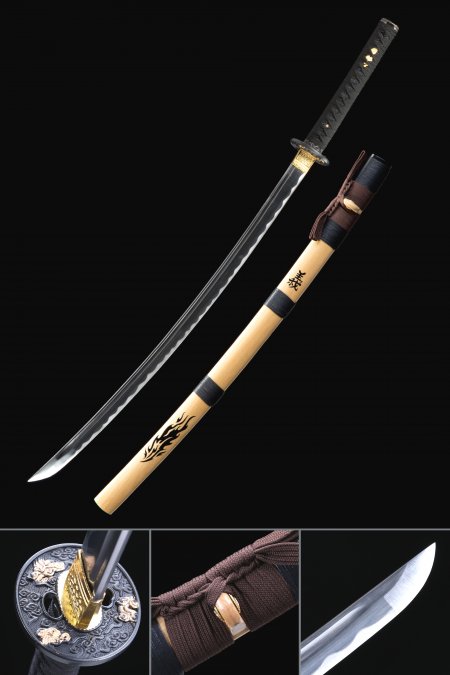
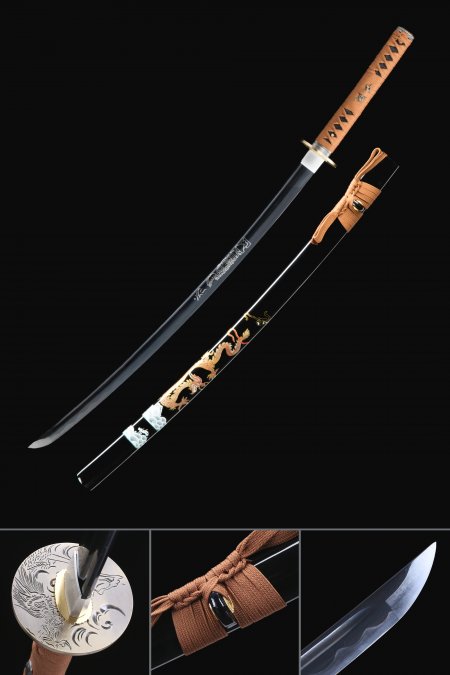
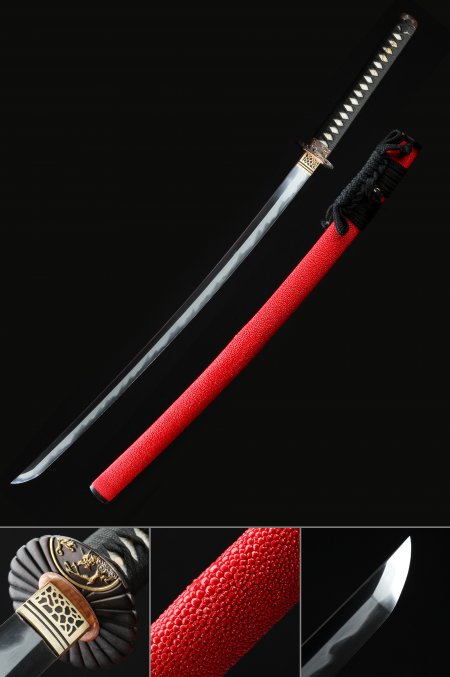
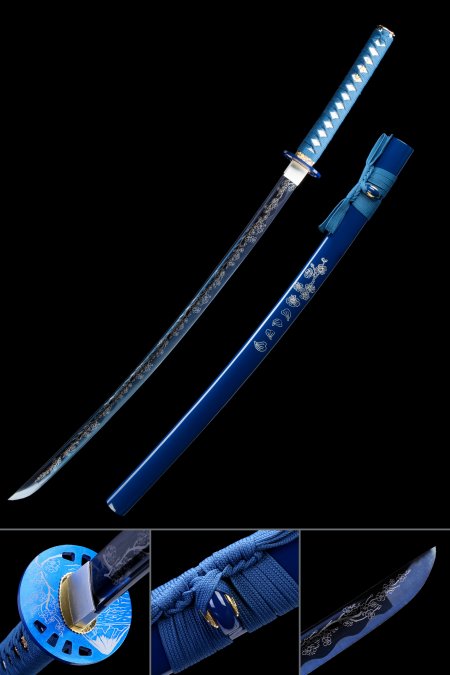
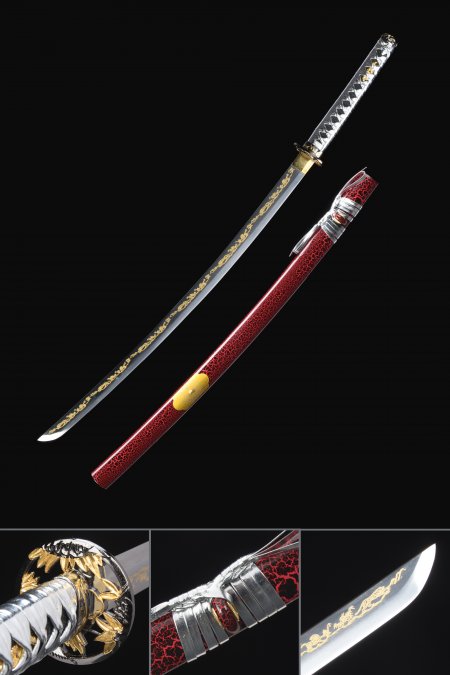

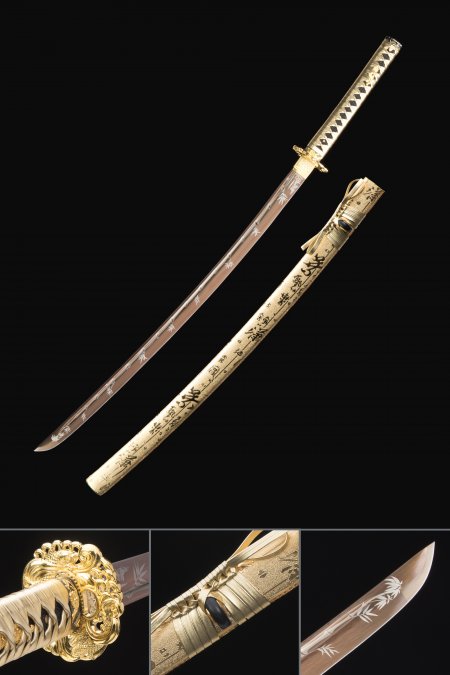
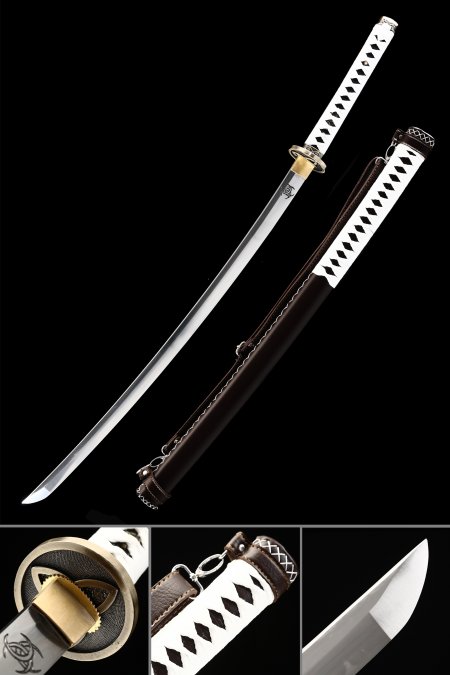
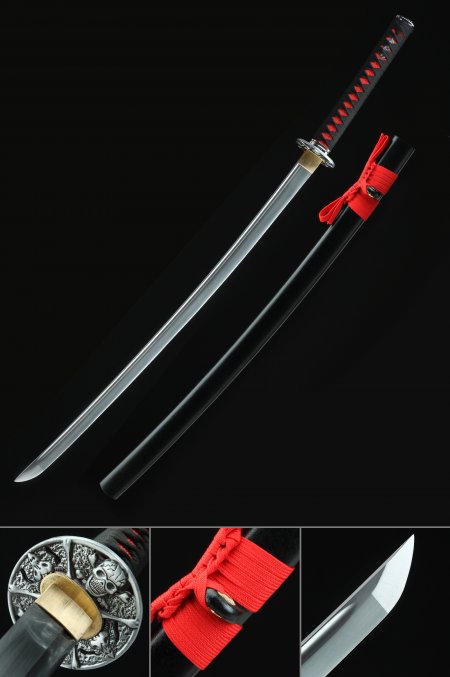

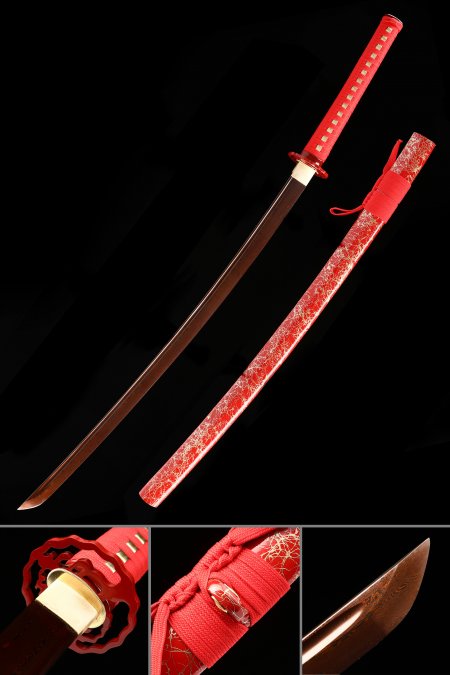
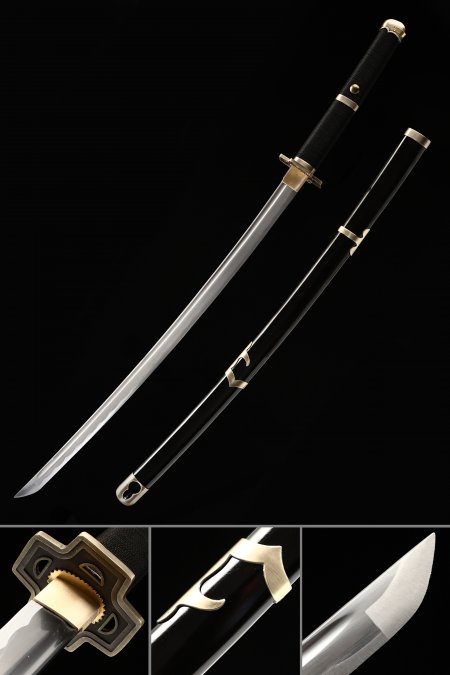
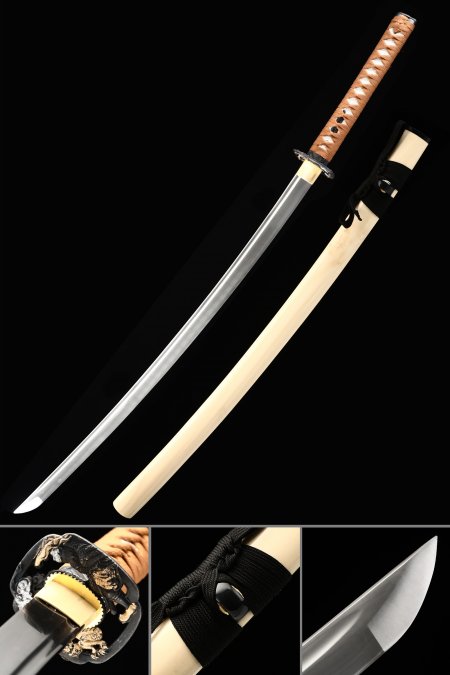

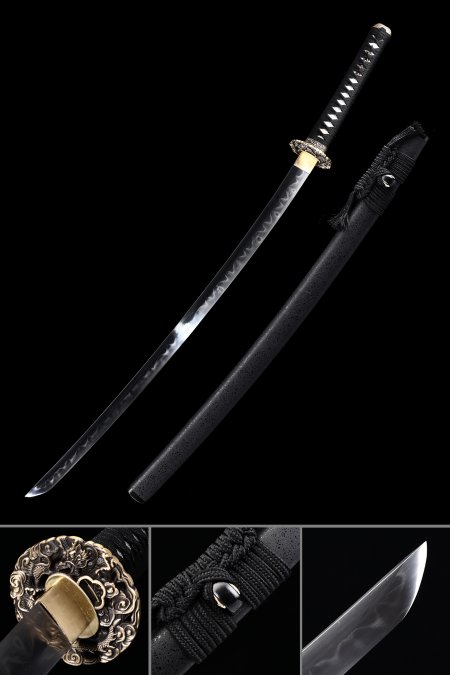
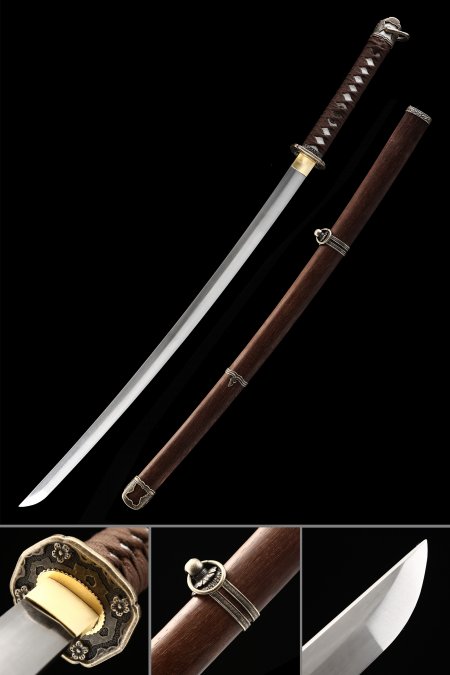
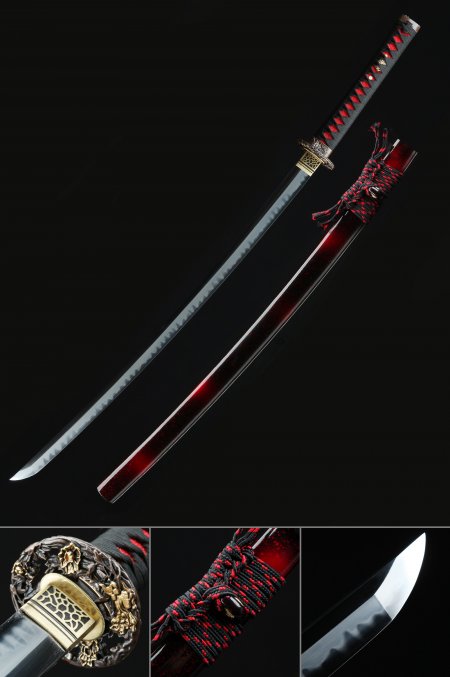
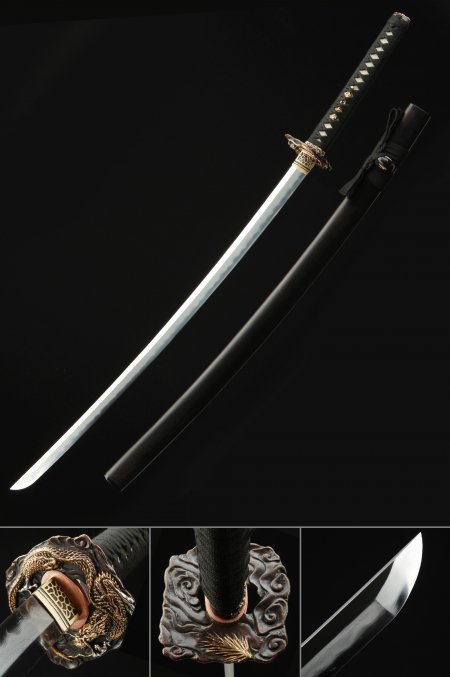
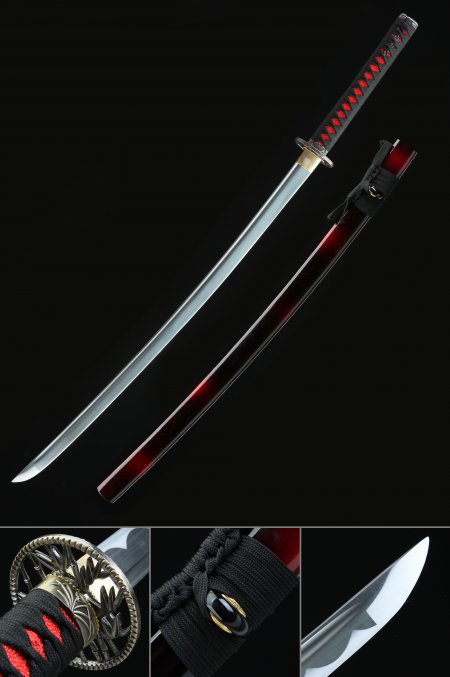
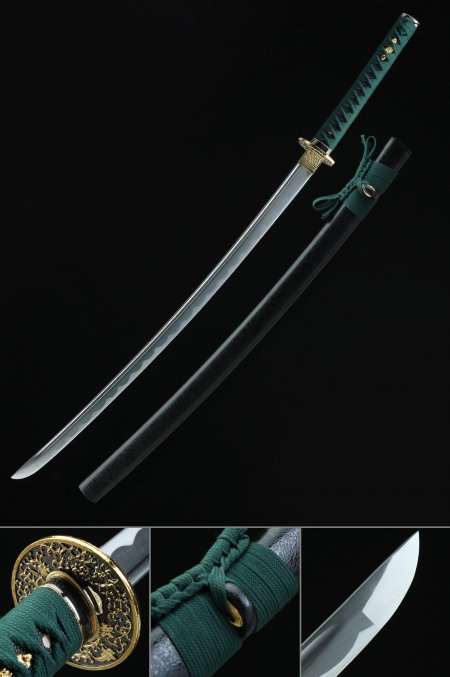
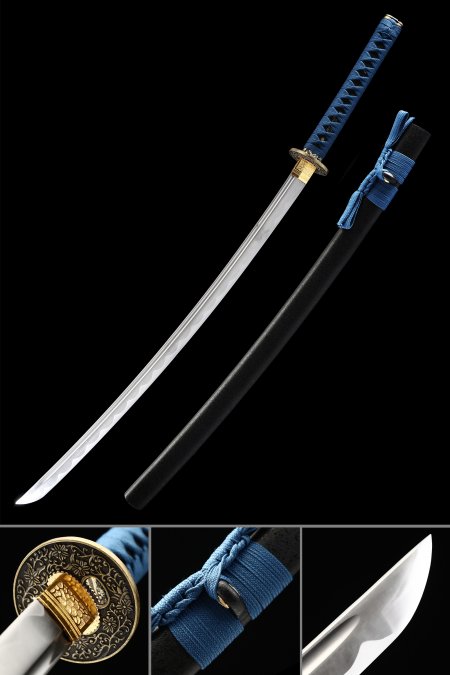
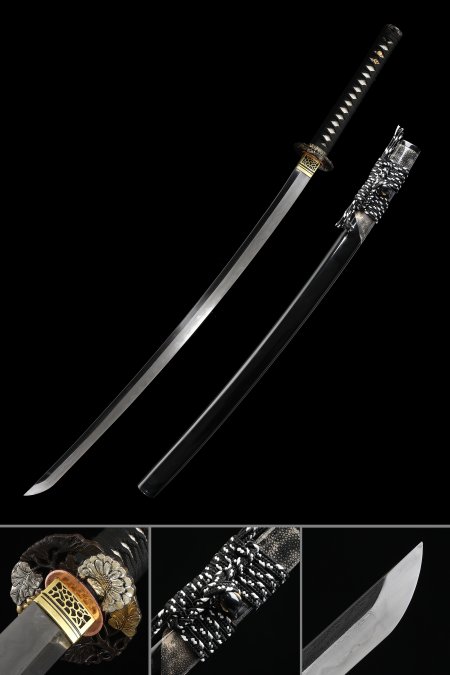
Great product and communication was very professional!
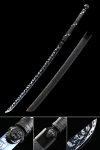 |
Handmade Japanese Katana Sword High Manganese Steel No Guard With Blue Blade |
Wow, what a fabulous sword for the price!r
I practice Iaido and generally utilize an aluminum-bladed specific katana. I purchased this katana to have a reasonably priced live blade for kata and demonstrations. I also teach Kobudo and utilize a live blade for demonstrations and for more advanced students (Bo, Tonfa, and Sai). I couldn't be happier considering the cost of this katana. The blade, fitings and assembly quality are several notches above the price. Sharpness is adequate for showing the live blade during demonstrations (water bottles, etc.), and I don't really want a true razor edge for demos. As the instructor, I generally act as "Tori" and have an advanced student act as "Uke" with the katana, so any risk from the live blade is on me. I'm not especially worried about damaging the blade edge, even with the Sai, and my Ukes have said they like the katana. I recommend this katana to anyone looking to minimize cost and needing a good basic katana.
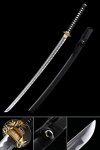 |
Handmade Japanese Katana Sword With Black Scabbard |
Bought for my girlfriend. She absolutely loves it. Loves the craftsmanship, leatherwork and the 3 crescent moon symbol on the blade. Super fast shipping, A+ quality. Thank you!
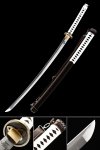 |
The Walking Dead Michonne's Katana, Zombie Slayer Katana Sword With Strap |
Looks amazing and arrived earlier than expected. 5 Stars.
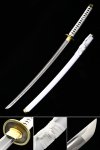 |
One Piece Roronoa Zoro Wado Ichimonji Real Katana Samurai Sword Replica With White Scabbard |
Whether it was actually Japanese hands made it or not it is a well put together Cortana sword
 |
Handmade Japanese Katana Sword T10 Folded Clay Tempered Steel With Black Scabbard |
Arrived extremely fast and very well packed. Quality looks great. It is a gift so I dont have any display photos yet.
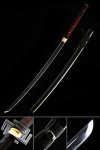 |
Handmade Bleach Kurosaki Ichigo Bankai Tensa Zangetsu Anime Katana Swords |
Came in super quickly and looks so dope, totally recommend!
 |
Handmade Japanese Katana Sword High Manganese Steel No Guard With Blue Blade |
did not receive my 3 tiers katana sword stand holder display three-layer rack base black lacquered wood item yet
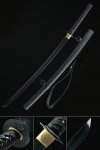 |
Handmade Japanese Obsidian Katana With Black Blade And Strap |
I have been looking for the correct opportunity to get an entry order for myself, and this set certainly does not disappoint. Very well made and feels very good within one’s grip. Amazing work!
 |
Handmade Japanese Katana And Tanto Sword Set With Blue Blade |
Absolutely beautiful, delivery was very quick, 100% happy with purchase. Will definitely be ordering from this company again! No complaints at all.
 |
The Walking Dead Michonne's Katana, Zombie Slayer Katana Sword With Strap |
Amazing condition not to mention blade already sharp enough to cut. Amazing handmade katana
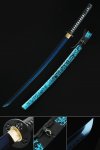 |
Handmade Japanese Samurai Sword With Blue Blade And Scabbard |
Item arrived as described in excellent condition. Very happy with quality and service. Highly recommended. Thank you for such a quality item razor sharp
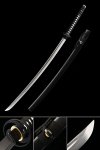 |
Handmade Japanese Samurai Sword Damascus Steel |
I ordered this as my future husband’s wedding present. It came yesterday and he is going to absolutely love it! It is beautiful, and so well made. Thank you!
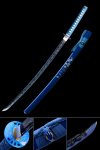 |
Handmade Japanese Samurai Sword 1045 Carbon Steel With Blue Blade And Scabbard |
Very well made. r
The Tsuba is a bit thinner than I expected, but that is not necessarily a problem. r
I also note that the balance point is about 5 inches forward of the Tsuba - a bit farther forward than most. It works for me as the sword handles quite well.
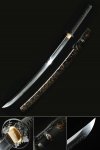 |
Handmade Japanese Katana Sword T10 Folded Clay Tempered Steel With Silk Thread Scabbard |
Outstanding gift for a 21st birthday, it is simply fantastic. Great color and a truly unique gift. I couldn't have added for anything better.
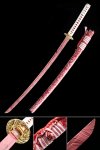 |
Handmade Japanese Katana Sword With Red Blade And Scabbard |
At first I was a tad bit skeptical due to previous reviews talking about parcel damaging but when arrived it was in amazing condition and looks genuinely amazing. It's not to heavy nor to light and it is genuinely sharp. Would really recommend compared to other websites. WILL BE BUYING AGAIN
 |
Handmade Japanese Katana Sword With Black Scabbard |
I got this katana as a gift for my boyfriend and he absolutely loved it!! It arrived quickly and the katana was nicely wrapped (it was nice and safe in the box) :) r
It looks amazing and we’re both really happy with it ! :)
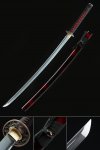 |
Handmade Japanese Katana Sword 1045 Carbon Steel |
Great sword! We gave this as a gift and the recipient loved it!
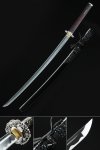 |
Handmade Japanese Katana Sword With Waves And Fish Style Tsuba |
Fantastic! Great balance, weight feels great came very sharp!! The kind!!
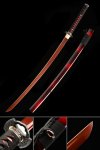 |
Handmade Japanese Samurai Sword 1060 Carbon Steel With Red Blade |
I have 3 katana my son bought this one for me an its my favorite
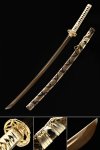 |
Handmade Japanese Sword Damascus Steel With Golden Blade And Snake Style Scabbard |